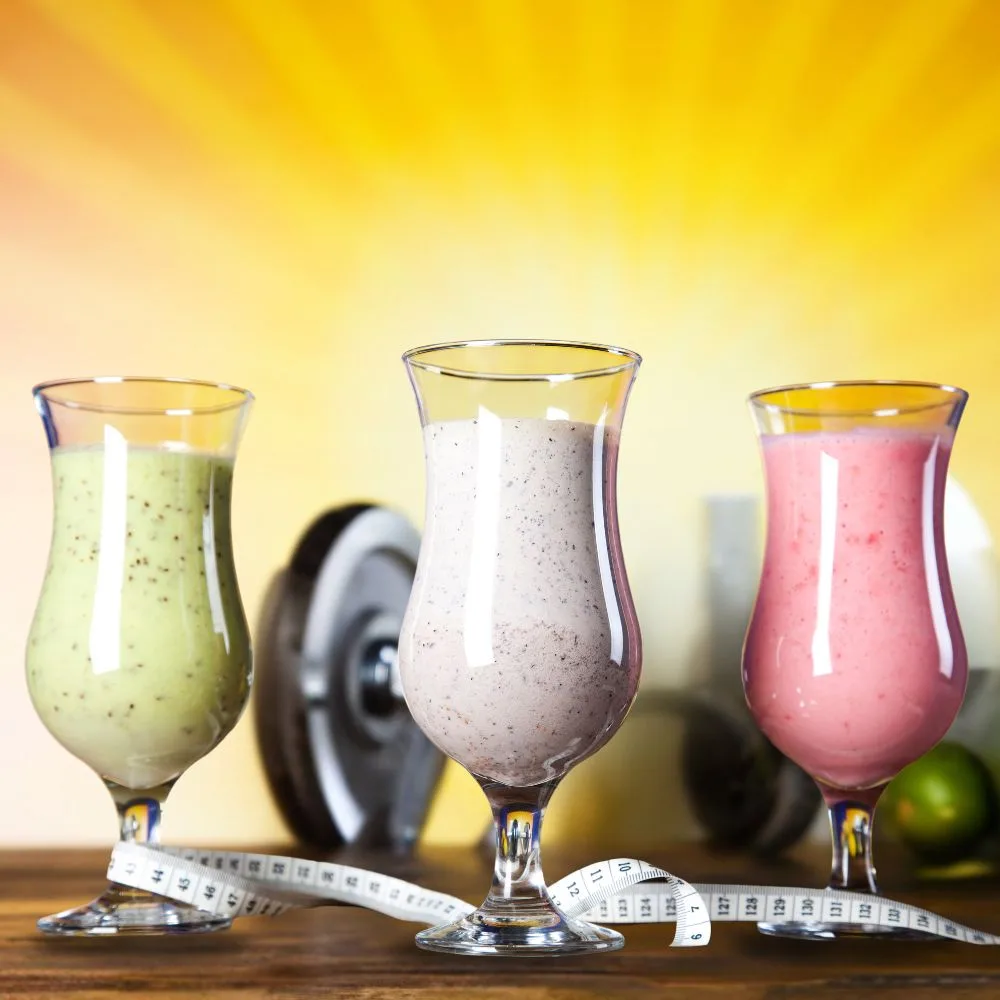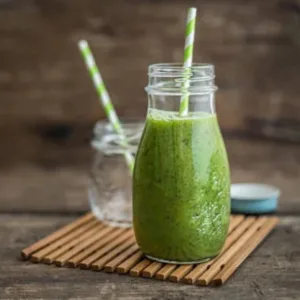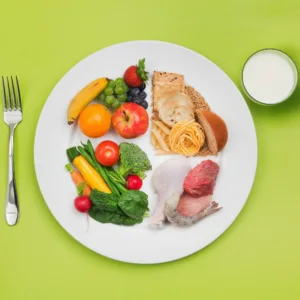Embarking on a weight loss journey can be challenging, but it doesn’t have to be a constant struggle. What if a simple, convenient addition to your diet could significantly impact your progress? That’s where protein shakes come in – a powerful tool that can help you manage hunger, boost your metabolism, and ultimately, reach your weight loss goals.
This ultimate guide will provide you with everything you need to know about using protein shakes for weight loss. We’ll explore the science behind protein’s effectiveness, offer practical tips for incorporating shakes into your daily routine, and address common misconceptions to ensure you’re on the path to success.

Table of Contents
- The Science of Protein and Weight Loss: Understanding the Connection
- Harnessing the Power of Protein Shakes for Weight Management
- Selecting the Ideal Protein Powder for Your Weight Loss Journey
- Delicious and Easy Protein Shake Recipes for Weight Loss
- Navigating Potential Pitfalls and Setting Realistic Expectations
- The Importance of a Balanced Diet and Regular Exercise
- Conclusion:
The Science of Protein and Weight Loss: Understanding the Connection
Protein is more than just a muscle-builder; it’s a key player in effective weight management. Let’s break down the science behind how this essential macronutrient can help you shed those extra pounds.
Protein’s Impact on Satiety: Feeling Full and Satisfied
One of protein’s most powerful weapons in the fight against fat is its ability to promote satiety, that feeling of fullness and satisfaction after eating.
Protein’s Influence on Metabolism: Revving Up Calorie Burning
Your metabolism plays a crucial role in weight management. The good news is that protein can give it a helping hand.
Protein and Muscle Preservation: Protecting Your Metabolic Engine
When you lose weight, your body doesn’t discriminate between fat and muscle. It can break down both for energy. Losing muscle mass is detrimental to your metabolism because muscle is more metabolically active than fat – it burns more calories at rest.
Harnessing the Power of Protein Shakes for Weight Management
Protein shakes offer a convenient and effective way to increase your protein intake and reap the weight-loss benefits we’ve discussed. Here’s how to make them work for you:

Protein Shakes as Strategic Meal Replacements
Replacing one or two meals a day with a carefully formulated protein shake can be a helpful strategy for many individuals on a weight loss journey.
Guidelines for Meal Replacement Shakes:
Protein Shakes as Smart Snacks: Taming Hunger and Boosting Energy
Beyond meal replacements, protein shakes can also serve as a powerful tool for managing hunger and boosting energy between meals.
Tips for Using Protein Shakes as Snacks:
Optimizing Protein Shake Timing for Weight Loss
While your total daily protein intake is paramount, strategically timing your protein shakes can provide an extra edge in your weight loss efforts:
Selecting the Ideal Protein Powder for Your Weight Loss Journey
The protein powder you choose forms the foundation of your shake. Here are some key considerations for weight loss:
Protein Types:
Ingredient Checklist:
Ingredients to Approach with Caution:
Delicious and Easy Protein Shake Recipes for Weight Loss
Here are a few protein shake recipes designed to support your weight loss goals while tantalizing your taste buds:
1. Lean Green Machine:

-
- 1 scoop vanilla protein powder (whey isolate or plant-based)
- 1 cup unsweetened almond milk
- 1 large handful of spinach
- ½ frozen banana
- 1 tbsp chia seeds
- ½ cup ice
2. Berry Blast Off:

-
- 1 scoop vanilla or berry-flavored protein powder
- 1 cup mixed frozen berries (strawberries, blueberries, raspberries)
- ½ cup water or unsweetened almond milk
- 1 tbsp ground flaxseed
- ½ cup ice
3. Peanut Butter Powerhouse (use in moderation):

-
- 1 scoop chocolate protein powder
- 1 cup unsweetened almond milk
- 1 tbsp natural peanut butter (no sugar added)
- ½ frozen banana
- ½ cup ice
Protein shakes can be a valuable asset on your weight loss journey, but they are not a magical cure-all. Let’s address some common misconceptions and potential pitfalls:
Protein Shakes Are a Tool, Not a Miracle
Mistakes to Avoid:
The Importance of a Balanced Diet and Regular Exercise
Protein shakes are most effective when they are part of a healthy lifestyle that prioritizes a balanced diet and regular physical activity.

Building a Balanced Diet:
-
- Fruits and Vegetables: Packed with vitamins, minerals, fiber, and antioxidants.
- Whole Grains: Provide sustained energy and fiber. Choose brown rice, quinoa, oats, and whole-wheat bread.
- Lean Proteins: Opt for lean meats, poultry, fish, eggs, legumes, and tofu.
- Healthy Fats: Incorporate sources like avocados, nuts, seeds, and olive oil in moderation.
The Power of Movement:

Conclusion:
Protein shakes can be a powerful ally in your weight loss journey, providing a convenient and effective way to increase your protein intake, manage hunger, and support your metabolism. However, they are not a magic bullet. To achieve sustainable weight loss and improve your overall health, it’s essential to combine protein shakes with a balanced diet rich in whole foods and a regular exercise routine.
By understanding the science behind protein’s role in weight management, choosing the right protein powder, and incorporating shakes strategically into your diet, you can harness their potential to help you reach your goals. Remember to be patient, consistent, and listen to your body’s signals.
With dedication and the right approach, you can successfully use protein shakes as a tool to achieve lasting weight loss and a healthier, happier you!
Call to Action (CTA):
Ready to take the next step towards your weight loss goals? Explore our other in-depth articles on nutrition, fitness, and healthy living. Sign up for our newsletter to receive exclusive weight loss tips, delicious protein shake recipes, and special offers on our products. Start your journey to a healthier you today!
If you are ready to add protein to your routine, consider trying our high-quality, all-natural protein powders designed to support weight management.

Leave a Reply